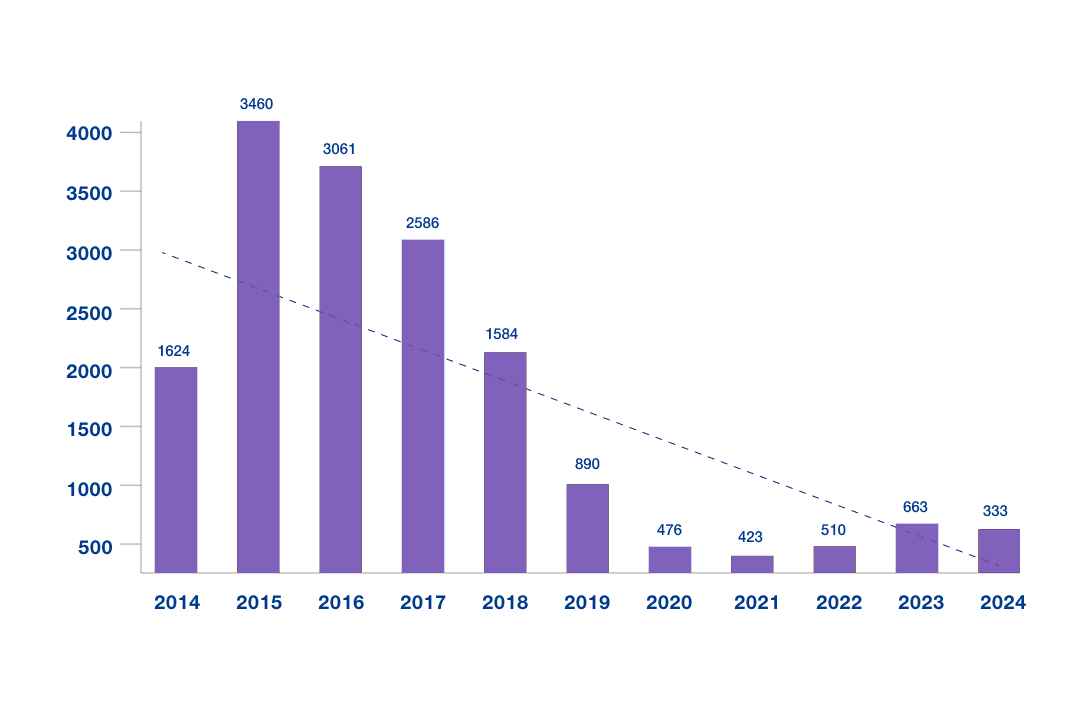2014: Starting over
Beginning in 2014, Optum performed takeover and transition activities for the state-based exchange, hosting the legacy infrastructure operations while also building the new infrastructure. Medicaid rules were migrated from the legacy system to the new exchange system and a backlog of paper applications were processed.
During the original Open Enrollment failure, call center wait times exceeded 2 hours due to inadequate staffing by the existing vendor. To address this, Optum assigned 300 paper application agents to support the call center. These agents processed more than 855,000 paper applications and eligibility verification documents to eliminate the backlog in just 6 weeks.
Given the heightened scrutiny following the original failed launch, excessive call center wait times could have undermined the perceived success of the new application launch. The prompt support from the Optum call center helped alleviate a critical issue for the State.

